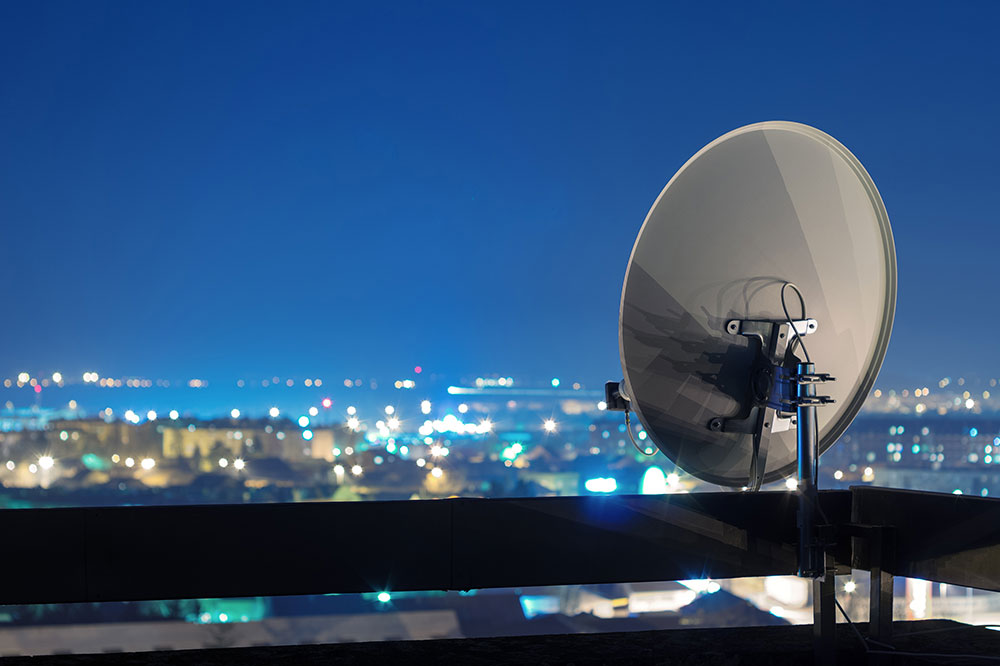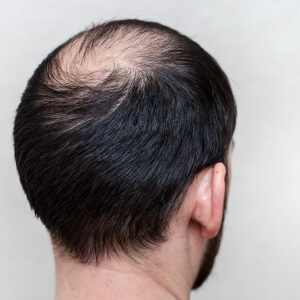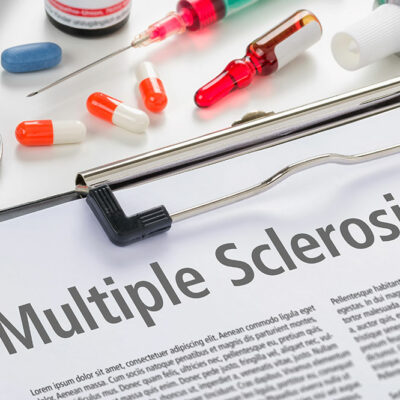Top 5 cable service providers to choose from

TV has become the necessity of the modern house. Whenever you are back from work, school, or college, you just wish to lie down on your couch and catch up on some entertainment on your television sets. This brings us to the myriad of TV channels that are available on our TV sets. But, these don’t come free, do they? You should always opt for a service that is well within your budget and offers you a lot of channel options. So, here are some of the best cable services in the budget category.
DirecTV
The best part about this provider is that unlike many of its competitors, you will be spending comparatively less here. The base price starts at $49.99 per month in which you get all your favorite channels. To be precise, DirectTV offers you more than 155 channels. Plus, you can also get more than 40,000 on-demand titles. Along with all your favorite local channels, the package includes digital music, news outlets, and family-fun channels.
Verizon Fios TV
Verizon Fios doesn’t bind you with any contract. It is only when you bundle packages, you will get a 24-month contract. It serves nine states in total and starts at a base price of $50 per month. With Verizon Fios TV, you get to choose five of any of your favorite channels; based on this the company recommends a plan best suited as per your preferences. To add on, your personalized TV plan will feature more than 125 channels, including the local networks.
AT&T U-verse
AT&T has for long been one of the best cable services in the country. It services more than 21 states across the country. As far as the deliverance of channels is concerned, it marks its way ahead of most competitors. It is also one of the cheapest cable service providers starting at $35 per month. Talking about one of its entertainment packages that start at $49.99 per month for 12 months excluding taxes, you can get your hands on comedies, dramas, hit movies, and much more. You can even opt for a voice remote with Google Assistant functionality.
DishTV
Reviewed as one of the cheapest and the best cable services in the country, DishTV gives you plenty to choose from. You can get over 190 channels at a price tag of $59.99 per month. It’s long been praised for its customer service and the quality of its channels, giving customers the best viewing experience. At this price, you also get additional channels like ESPN, E!, USA and Disney. DishTV is only one of the few providers that offer you a DVR and a Google Voice Remote at no extra cost.
Xfinity
If you are still looking for a cable service provider that can offer your favorite shows and movies with tons of other features, Xfinity can be your best bet. At $49.99, you get over 140 channels like ABC, NBC, FOX, CBS, and many more. Also, there is no term agreement to bind you. If you opt for the Digital Starter TV plan starting at $70.99, you can get thousands of Xfinity on-demand choices. You’ll even be able to stream shows and movies on all your devices.










